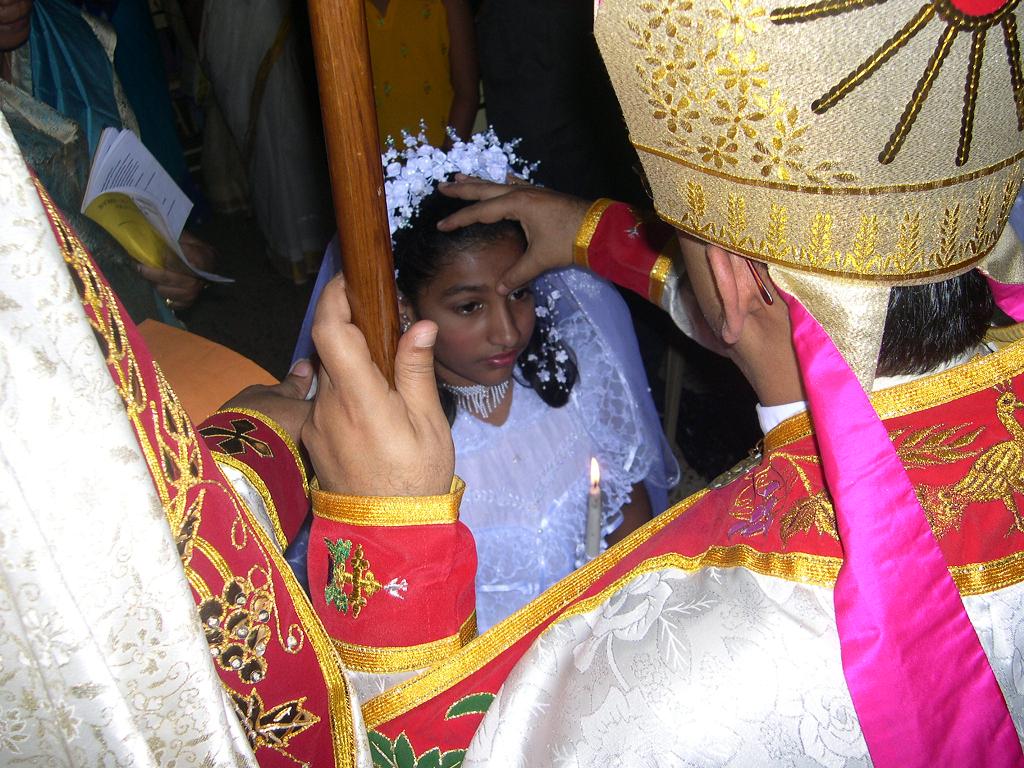Are there different rules about communion bread?
It’s not so much a controversy as much as it is a schism. Half a millennium ago, who we know now as Protestants, saw the communion bread as a symbolic reminder of Jesus Christ, whereas Catholics believe the bread and wine to turn to the body of Jesus Christ, in a process known as transubstantiation.
Any more rules about communion bread?
Depends on who you ask, of course. Everyone agrees that it must be made of flour and water. Roman Catholics custom decrees that the wafer be thin and round, but no specifications further than exist. At minimum, they’re three inches across. The host, used by the priest, could be twice as large, so everyone, in the folks in the pew in the back, could get a good look. The Vatican has ruled that for the ceremony to be valid, the wafer must contain a minute amount of gluten. But where there’s a will, there’s a way. The Benedictine Sisters in Clyde, Missouri have created a low-gluten host. It still has gluten, but so little that church-goers with gluten intolerance or celiac disease can still take communion and complete the Eucharist. They can also forgo the bread entirely and take only consecrated wine. “The reason for communion of both kinds is simply a fuller symbol but if you receive just one, you receive the whole reality,” explains Father Dan Merz, associate director of the United States Conference of Catholic Bishops Secretariat of Divine Worship in Washington, D.C., in The Flavors of Faith: Holy Breads by Lynne Golodner.
Then there were the debates between leavened bread and unleavened bread. What started as Jesus’ commands at the Last Supper has filled tomes of theological doctrine. Today, about 1 in 4 Americans are Catholic and 2 in 4 are Protestant.
For more on the history of holy bread and recipes, check out Lynne Golodner’s The Flavors of Faith: Holy Breads.

